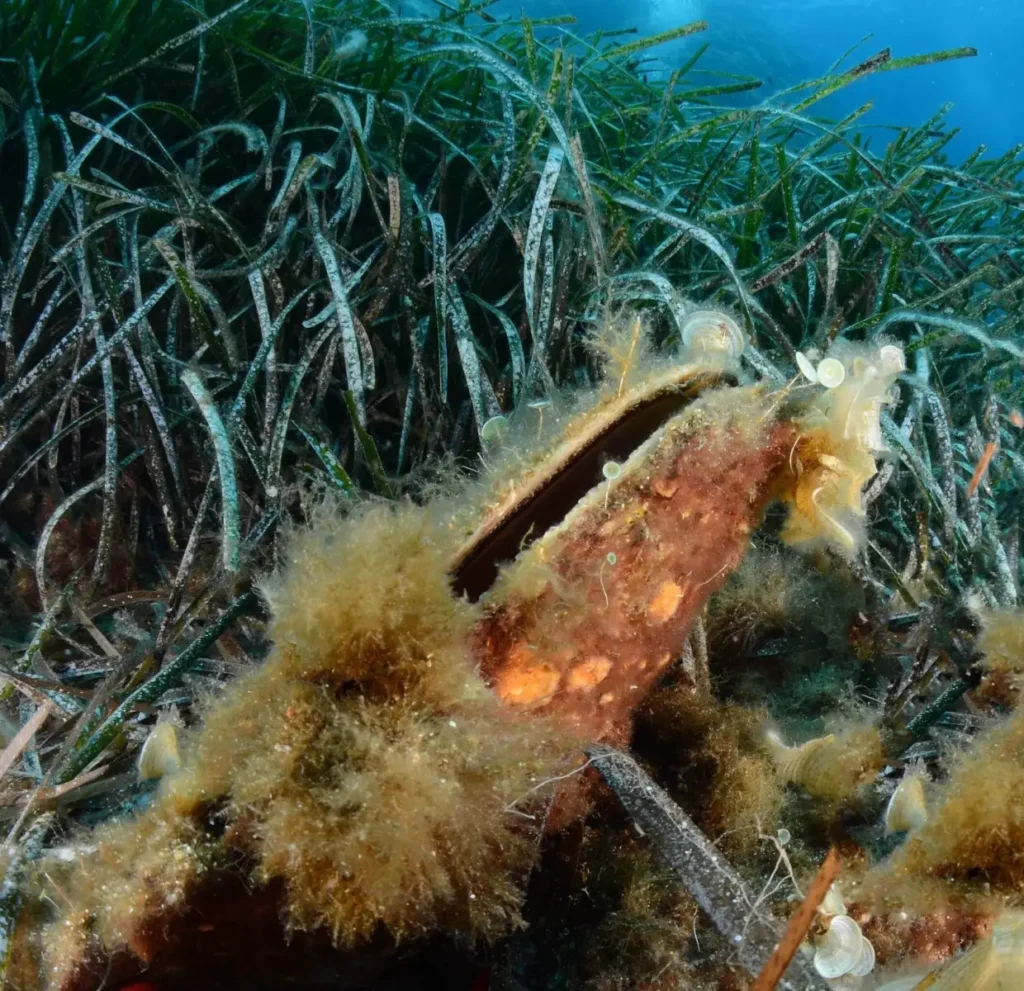
Being the avid knitter that I am, I’ve always been fascinated with yarn fibers and textiles, in particular, those made from organic materials. From cotton to merino wool, and many others, I’ve discussed the many types of fibers commonly used in knitting. However, today, while (doom) scrolling on my phone, mindlessly shuffling through various articles, I stumbled upon a topic that caught my eye — sea silk.
Over the past year or so, I’ve come across many stories about silk, such as how the fiber is commonly processed from the cocoons of silkworms and how lotus silk is produced by extracting delicate fibers from lotus stems. Moreover, another type of silk fiber, known as sea silk, is unique for its natural golden hue. Sea silk is actually made from the byssus, or filaments, secreted by the pen shells (Pinna nobilis). The mussel uses the byssus to attach or anchor itself to the sea floor.

For centuries, artisans have harvested these fibers to make golden silk garments. However, because the Pinna nobilis is now an endangered species, sea silk is incredibly rare. But according to the article I read, scientists have discovered a method to recreate sea silk by using discarded byssus from the pen shell’s relative, Atrina pectinata, which is farmed for food in South Korea. The article delves into the history of sea silk, its uses, why it’s been so revered over the centuries, as well as the science behind recreating the rare silk. If you’re a nerd like me and enjoy discovering the “when, why, and how” things came to be, you’ll find this story intriguing.











